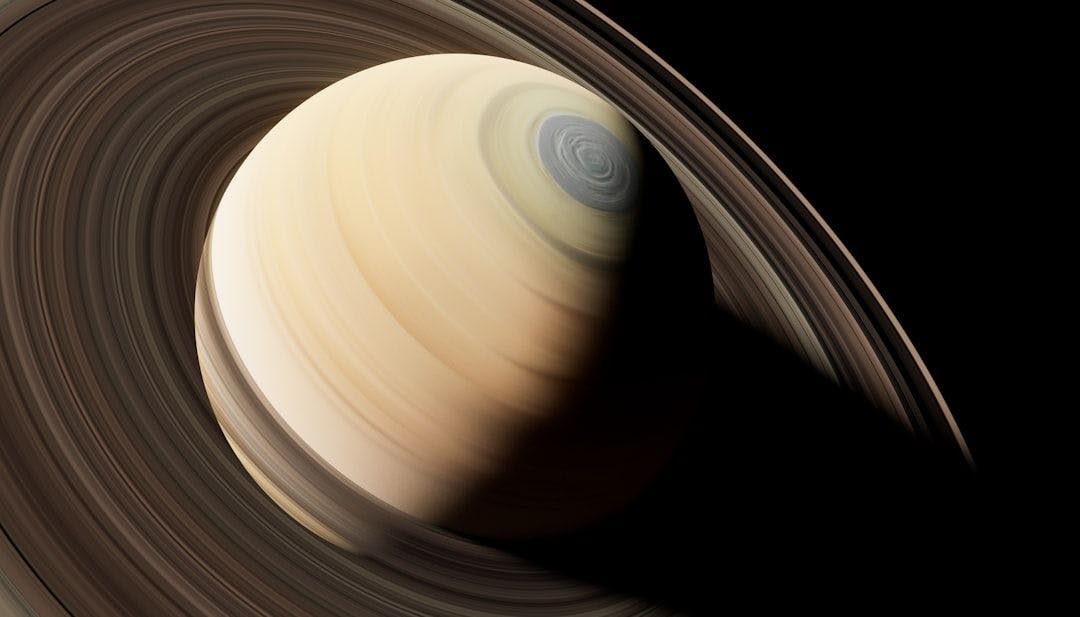Table of Links
Abstract and 1 Introduction
-
Sample selection and properties
-
Results
-
Discussion
-
Concluding remarks and References
Appendix A: Sample selection
Appendix B: Properties of the TOIs in this work
Appendix C: Pre-MS estimates
4. Discussion
The previous statistical results are affected by several uncertainties. Although 1.5M⊙ has been used to divide between low- and intermediate-mass MS stars with and without convective sub-photospheric regions, this is not a sharp division (e.g., Cantiello & Braithwaite 2019). Moreover, the extent of convective sub-photospheric regions changes during the preMS evolution of stars in the mass range ∼ 1 – 3 M⊙ (e.g., Hussain & Alecian 2014). In addition, different calculations of the L1/2 ∗ scaling law for the dust-destruction radius provide different values for the intercept, which mainly depend on the assumed dust sublimation temperature and composition[1] (e.g., Koumpia et al. 2021). Similarly, as mentioned in the introduction, the exact position of the gas-truncation radius also varies from star to star, for which the 5R∗ limit is only a first-order approximation (e.g., Gravity Collaboration et al. 2023). Therefore, the statistics provided in the previous section should be considered merely as a rough description of the behaviour of intermediate- and low-mass populations and their differences.
With the previous caveats and the limitations of our sample in mind, our results suggest that the small inner gas disks of Herbig stars (and not the inner dust disks) act as effective barriers, effectively determining the innermost planetary orbits for the majority of intermediate-mass stars. All such stars host a giant-type planet with the size of Neptune or larger (Sect. 2 and Fig. B.2). Based on the approach that their observed orbits remain relatively stable after disks dissipate, two possible explanatory scenarios are explored. First, the giant planets are fully made of gas, opening up the possibility that they formed in situ within the dense inner gas disks where no solid content is present. Second, the giant planets have a solid core massive enough to accrete gas, requiring their formation to begin at distances no nearer than the dust barrier and then migrated inward.
The first scenario is in line with planet formation models through gravitational instabilities (e.g., Boss 1998). However, the formation of planets via the fragmentation of self-gravitating protoplanetary disks requires both large masses and low temperatures. The last condition could only be achieved in the optically thin outer regions of the disks (> 50 au; Gammie 2001). Thus, although the formation of giant planets through gravitational instability could actually occur in the outer disks of Herbig stars (Dong et al. 2018), it is unrealistic to assume that they also form in this way in the hot inner disks. Moreover, the amount of gas available within the first ∼ 0.1 au is not enough to form Jupiter-like planets (Mulders et al. 2021; Zhu et al. 2024). On the other hand, that giant planets formed trough gravitational instabilities migrate from tens of au to just a few stellar radii does not seem realistic either. In fact, related models and simulations tend to use computational grids with much larger inner edges (e.g., Baruteau et al. 2011; Michael et al. 2011, and references therein).
The most plausible alternative explanation is that the innermost giant planets around intermediate-mass stars started their formation beyond the dust barrier, where it is possible to build a solid core capable of accreting substantial amounts of gas before and during their migration up to the gas barrier. This formation mechanism is analogous to the classical core-accretion scenario, combined with migration up to a few stellar radii, which has been invoked to explain the presence of hot Jupiters around low-mass stars (e.g., Lin et al. 1996; Nelson et al. 2000; Kley & Nelson 2012; Dr ˛a˙zkowska et al. 2023; Zhu et al. 2024).
Concerning the sample of low-mass stars, we cannot unambiguously disentangle which of the two protoplanetary disk barriers, gas or dust, is most likely to determine the innermost planetary orbits, at least based on that sample alone. Indeed, the comparison with the sizes of the inner dust and gas disks typical of low-mass young stars is not conclusive, as both roughly coincide in this type of source and are similar to most observed planetary orbits. However, the extrapolation of our results in the context of intermediate-mass stars is in line with previous claims suggesting that the magnetospheres truncating the gas disks constitute the limit of innermost planetary orbits also for lower-mass sources (Mulders et al. 2015; Lee & Chiang 2017; Batygin et al. 2023). Moreover, although the whole sample spans over orders of magnitude in stellar luminosites, the ∼ L 1/2 ∗ correlation with the orbital size (expected if the dust-destruction radius was limiting planetary orbits) has not been observed (left panel of Fig. 2). In contrast, that the observed orbits tend to be closer to the stellar surfaces for intermediate-mass stars than for low-mass stars, both being mostly consistent with the rough sizes of the corresponding magnetospheres (right panel of Fig. 2, and Fig. 3), may be indicating that these are responsible for ceasing inward migration regardless of the stellar mass regime.
:::info
Authors:
(1) I. Mendigutía, Centro de Astrobiología (CAB), CSIC-INTA, Camino Bajo del Castillo s/n, 28692, Villanueva de la Cañada, Madrid, Spain;
(2) J. Lillo-Box, Centro de Astrobiología (CAB), CSIC-INTA, Camino Bajo del Castillo s/n, 28692, Villanueva de la Cañada, Madrid, Spain;
(3) M. Vioque, European Southern Observatory, Karl-Schwarzschild-Strasse 2, D-85748 Garching bei München, Germany and Joint ALMA Observatory, Alonso de Córdova 3107, Vitacura, Santiago 763-0355, Chile;
(4) J. Maldonado, INAF – Osservatorio Astronomico di Palermo, Piazza del Parlamento 1, I-90134 Palermo, Italy;
(8) B. Montesinos, Centro de Astrobiología (CAB), CSIC-INTA, Camino Bajo del Castillo s/n, 28692, Villanueva de la Cañada, Madrid, Spain;
(6) N. Huélamo, Centro de Astrobiología (CAB), CSIC-INTA, Camino Bajo del Castillo s/n, 28692, Villanueva de la Cañada, Madrid, Spain;
(7) J. Wang, Departamento de Física Teórica, Módulo 15, Facultad de Ciencias, Universidad Autónoma de Madrid, 28049 Madrid, Spain.
:::
:::info
This paper is available on arxiv under CC BY-SA 4.0 DEED license.
:::
[1] However, expressions with different slopes departing from the L1/2 ∗ scaling law mainly refer to stars more massive and luminous than those considered in this work; see e.g. Marcos-Arenal et al. (2021) and references therein.










